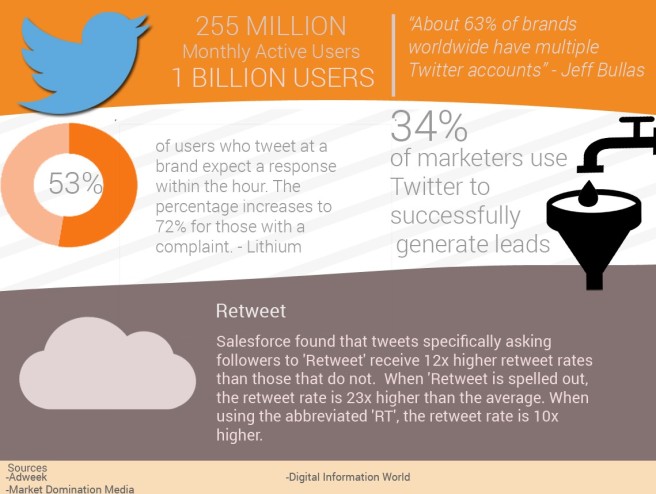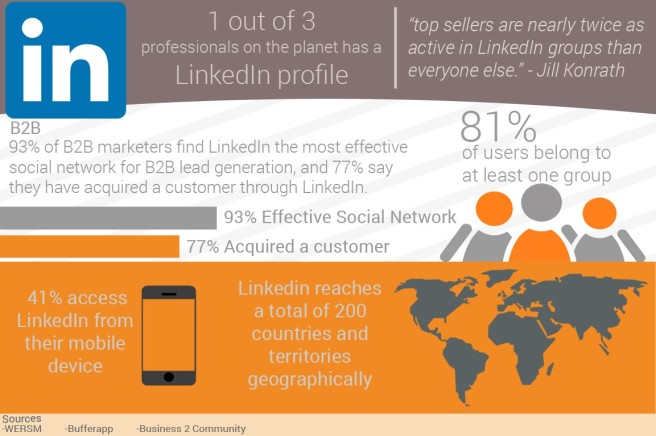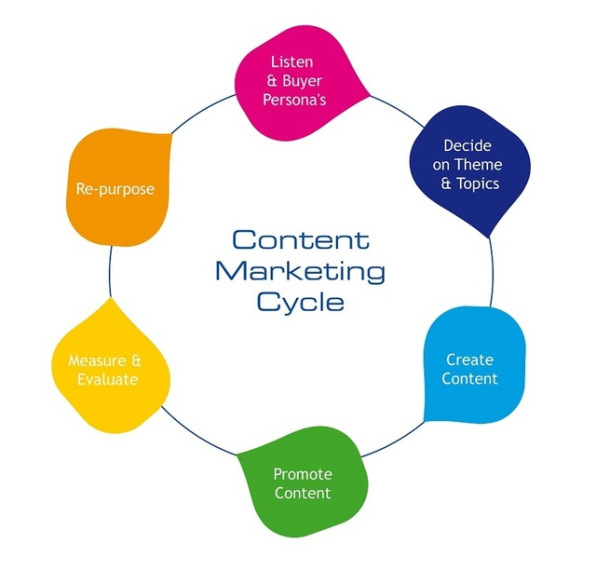Source: Using Social Data to Leverage Generation C | Instant Lead Generation For Social Selling
One of the ways to grow your brand on social media is to use the huge amount of social data to target a new demographic. So, what about Generation C? Contrary to popular belief, Generation C is not some demographics in alphabetic order such as Y (people born 1980 to late 1990s) and Z (people born early 2000s and on), but it is composed of all generations of connected consumers.
Actually, Generation C changes the demographic concept based on the age gap to a psycho graphic mold. While it is composed mainly by people under 35 years old, it is really defined by their way of thinking and interaction in different social platforms and screens.
Creation, curation, connection and community are part of these consumer lives that they live out daily on the social networks. They are enthusiastic early adopters, have huge purchasing power regardless of age, and have new demands to be fulfilled by you.
This generation can be reached with the use of inside sales and content marketing through social media, where you are able to integrate social data to help orchestrate your business decisions.
Whereas there is no magical wand to effectively improve sales levels to this generation, here are 4 ways you can use social data to make sure social selling happens more effectively.
USE REAL-TIME INSIGHTS ON THE SOCIAL NETWORKS
On Twitter for example you can reach people in a space where they are spending their time and research in real time, interacting and finding people that are talking about your brand.
TARGET PROSPECTS AND CUSTOMERS WITHIN GROUPS
On LinkedIn, you are able to target people in selected groups across your industry and research what sales suspects talk about your brand or sector within your area to convert them into prospects.
CHOOSE THE RIGHT BRAND AMBASSADORS
Use social data to find an influencer who meets your idea of brand ambassador, checking if they cover the demographics that meet the criteria of your marketing campaign, size of their audience and especially, if they are open to engaging in a long-term relationship.
Once you find them, feed your brand ambassador team with both general and exclusive information, making their work easier and helping both parts to decide how to promote your brand or where to share reviews of your products or services.
The way you act partnering with the right brand ambassadors will put you on the right track to improving people consideration levels and to enhance your social media marketing.
PROVIDE ENGAGING CONTENT
Social Media provides unlimited information to understand which of your consumer’s or buyers aspirations and interests are at. So, take advantage of the data these networks can throw up by sharing substantial information that matches the considerations of your consumers motivations.
Today, people are time poor and just don’t have the patience or time to concentrate on content for a long time, but according to Google, a significant part of daily information needs on the web involves people learning a broad topic, which sets a great way to nurture existing leads and attracting new prospects.
You can grab people’s attention with good headlines, but to make your consumer really engage with your brand, strive to provide information they can learn from, mix in long and short content while always giving your public easy opportunities and ways to interact with you.
Social data now provides so many opportunities to grow your brand on social media. Marketing departments now have all the tools to use social data to target new demographics like generation C.






